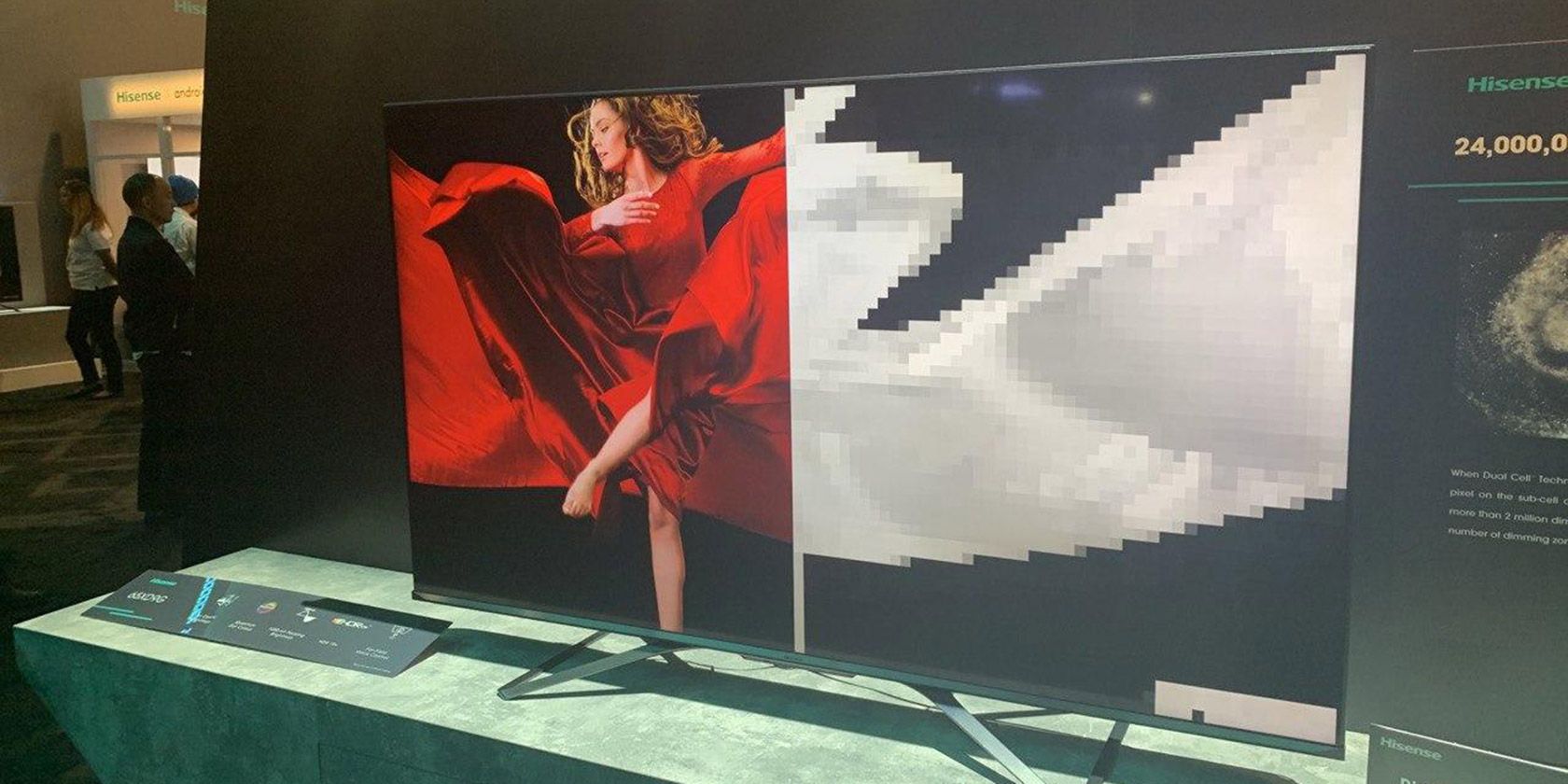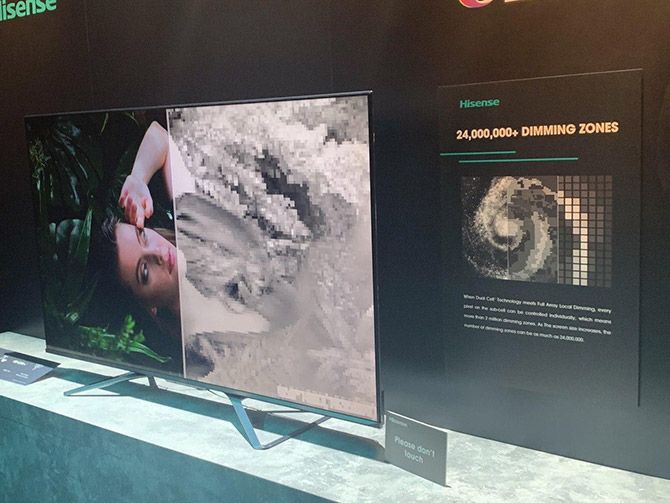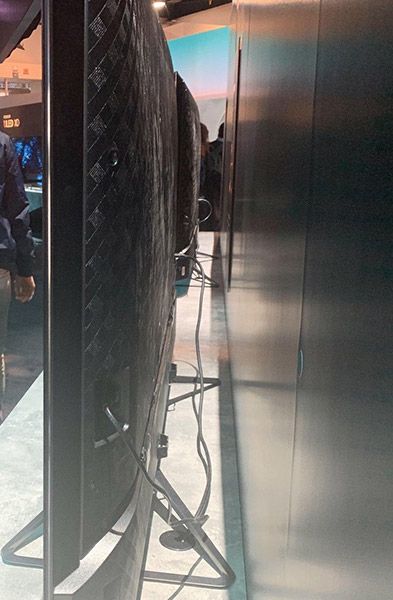While most TV companies are pushing OLED technology, Hisense is aiming to bring the tried and true LCD screen to the 2020s with its upcoming XD9G dual-cell LCD TV. The display aims to create the deep and intense level blacks that OLEDs push, but for a much more reasonable price that is affordable for a wide range of television buyers.
Basically, the XD9G features two liquid crystal displays stacked on top of each other, which allows it to create an extra layer of color depth and contrast---far beyond what a single LCD would be capable of.
There's a primary full-color 4K display on the front that functions in the same way as a traditional LCD screen. But where things get interesting is with the secondary grayscale 1080p screen that lies underneath. This is where the screen is able to fix one of the biggest issues plaguing LCD screens, which is blacks that appear far too gray. It also controls the backlight's brightness, which is an important part of creating a more dynamic contrast ratio.
Another cool feature of the Hisense XD9G is the far-field voice recognition, which the company says could get rid of the need for a remote. There's also HDR10+, which will help add to the quality of the picture offered.
On the show floor, Hisense had a couple of interesting stations that offered a comparison between different contrast ratios. It really did highlight how much darker the blacks can be with the dual-LCD technology when compared side-by-side with lower contrast ratios. There was also a station dedicated to showing the difference between a high and a low number of dimming zones---another feature that makes the tech powering this TV something worth keeping an eye on.
The obvious drawback with an LCD when compared to an OLED the depth of the TV, and when we snuck a peek at the side of the XD9G, our suspicions of depth were confirmed, as it's a pretty chunky TV.
Unfortunately, Hisense wasn't prepared to announce the price for its new dual-LCD television, but the company did say it intends to release it with prices that are more affordable than comparable OLED displays. For perspective, some of the most affordable OLED displays retail for around $1800.
The company also revealed that the TV is scheduled to hit US shores in Q3 2020, so if you're interested in adding this display to your living room, you won't have to wait too long.



